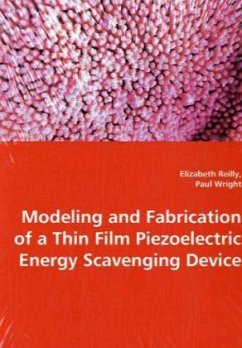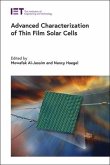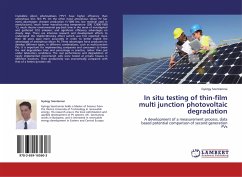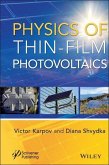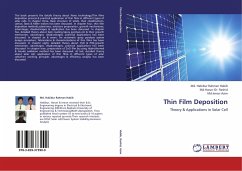This work focused on addressing the need for the development of a renewable power source for wireless sensor nodes via energy scavenging using thin film piezoelectrics. The novality of this research is the growth of epitaxial PZT on a Si platform. The films were grown with good consistency using pulsed laser deposition. Using the optimized piezoelectric film properties, an analyticala nd finite element model was generated to predict the output power for a single unimorph, 5.5 nW/beam, and over a cubic cm, 80-200 microWatts/cm3. A microfabrication technique was developed to manufacture the unimorphs using standard low temperature procedures. The initial device fabrication attempt was successfula nd testing was done to determine resonant frequency, quality factor, and output power. The output power per unimorph was 24.5 pWover a 510 Mohm load operating over an input vibration of 10 m/s2and at resonant frequency (976 Hz). Suggestions for future work for the improvement for the functionality of the device are presented, and include alternative material systems and geometries.

